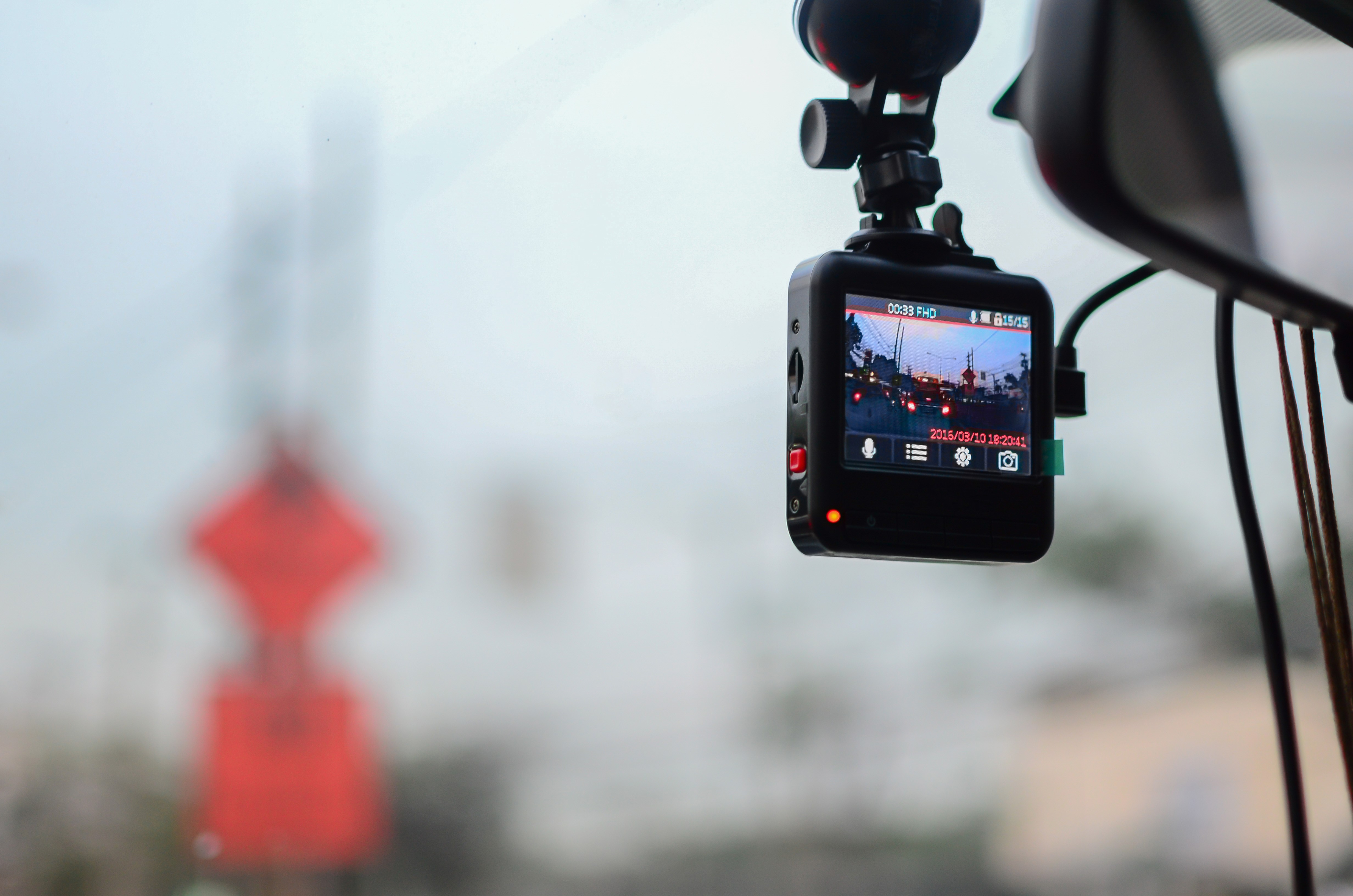
Even though it is hard to believe, there was a time when rallying competed with and overcame modern day crowd favourite Formula One for viewer ratings. In fact, the year was 1982 and the introduction of Group B, grouping that essentially had few if any rules as regards the specification of rally car that could be driven.
Manufacturers competed to create some of the fastest, most powerful rally cars ever seen and the crowds were eating out of the palms of the FIA governing bodies hand until a number of tragedies that changed Group B rallying and soon saw its cancellation. So, what were the events that caused this amazing era for motorsport to be so short-lived?
Audi and the Quattro
One of the most important events in rallying and Group B rallying came from a then little known German manufacturer called Audi. Though the FIA had decided to provide the okay for four wheel drive cars in 1979, it took until 1980 for a car company to release a four wheel drive into the field, most believing it not to be worth it. Audi released the Quattro, a turbocharged 4WD car that would change rallying forever. Outstanding on gravel it won through both the 1980s and 1981 seasons thanks to its brilliant handling on gravel and loose surfaces and even was the first car to host a female victor in Michele Mouton. However, most importantly, the Audi paved the way for the introduction of 4WD cars that shaped Group B in the coming years. It started an era, albeit a short one; with the rally car leasing its time at the top through power and craziness, as the most popular motorsport of the day.
Tit for Tat
Upon the arrival of the Group B class in 1982 manufacturers entered a tit for tat battle to overcome each other, with numerous new cars arriving and a real war of manufacturers taking place. During this period cars such as the Audi were to be replaced by some of the most innovative vehicles ever seen on the track. Audi’s Quattro was soon to be outdated by the likes of the Renault 5 Turbo and the Peugeot 205 T16. They were then superseded by the Lancia Delta S4. Each car introduced a new element that would make it king of the road. Cars became lighter, engines moved from the front to the back and then to the middle and more power was being extracted from smaller engines. This was war!
Portugal
However, the warning signs came in Portugal’s rally of 1986 on the Lagoa Azul stage. The Portuguese National Champion, Jaoquim Santos lost control of his new Ford RS200 and ploughed into a row of spectators injuring 31 and killing three. The rally saw the pulling out of all the large manufacturers due to the tragedy and questions were raised over the power and dangerous speed of the Group B cars.
Corsica
However it took until the Corsican Rally a few months later before things really came to a head. Lancia’s main driver and championship favourite Henri Toivonen crashed out at high speed on a steep hill, only for his car to be engulfed in flames with him and his co-driver within. Though no one saw the crash it was believed that a mixture of poor positioning of the fuel tanks, the Kevlar body and the fact Toivonen may have had flu at the time caused him to crash. This crash and a number of other near misses meant the writing was on the wall for Group B rallying.
Strikes
Following the crashes and tragedies in Corsica the drivers chose to strike. They blamed a lack of safety rules and regulations for the crashes and called on the FIA and the manufacturers to do something. Group B was scrapped in 1987 and the end of an era came upon motorsport.
Cormac Reynolds writes for First Vehicle Leasing a UK car leasing company













